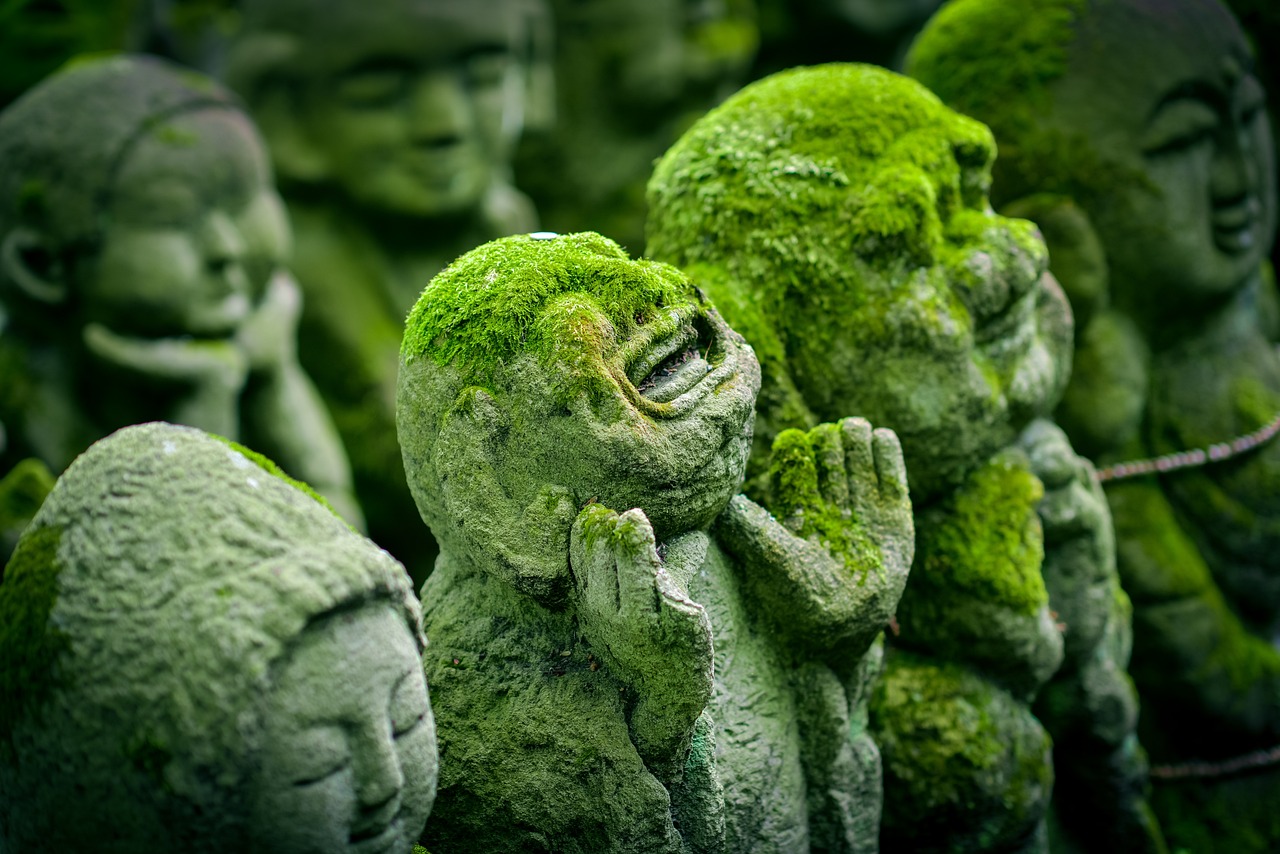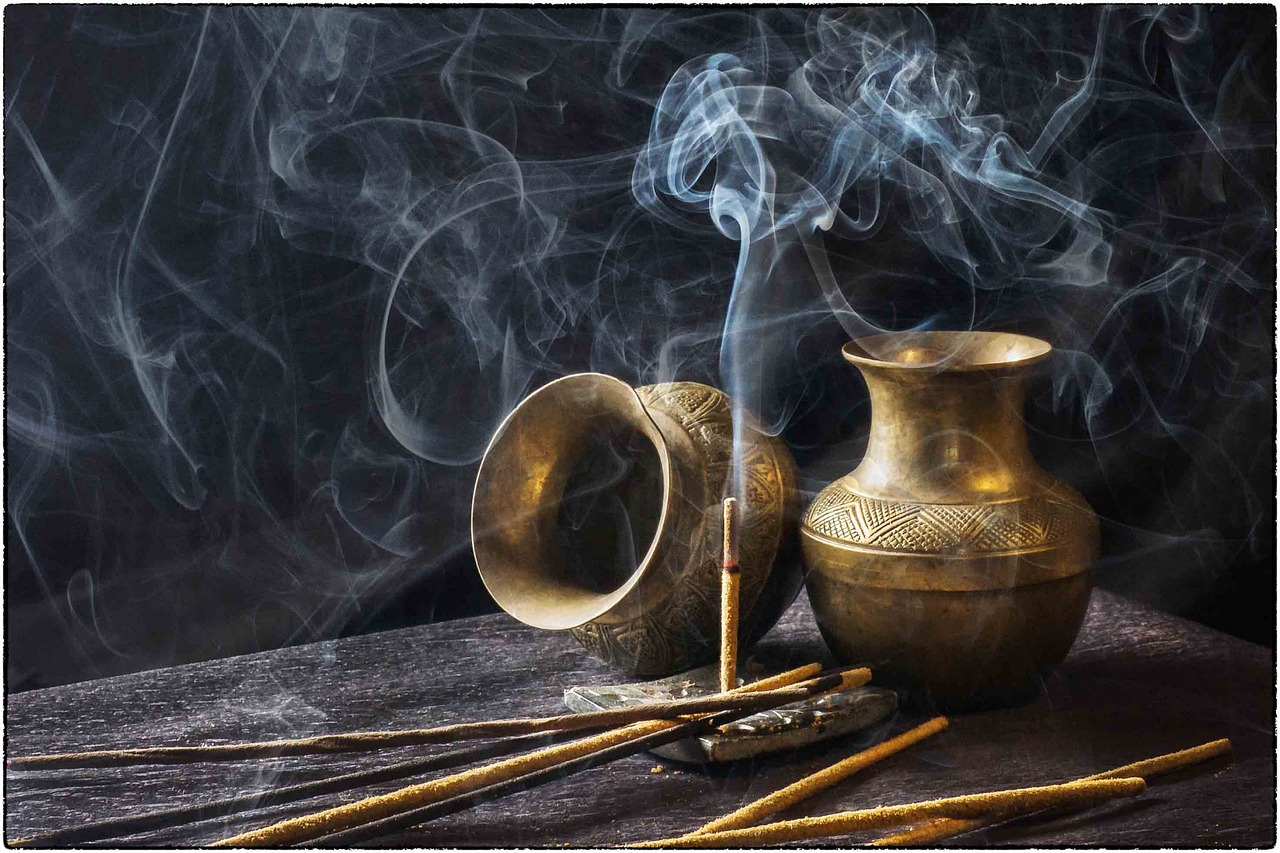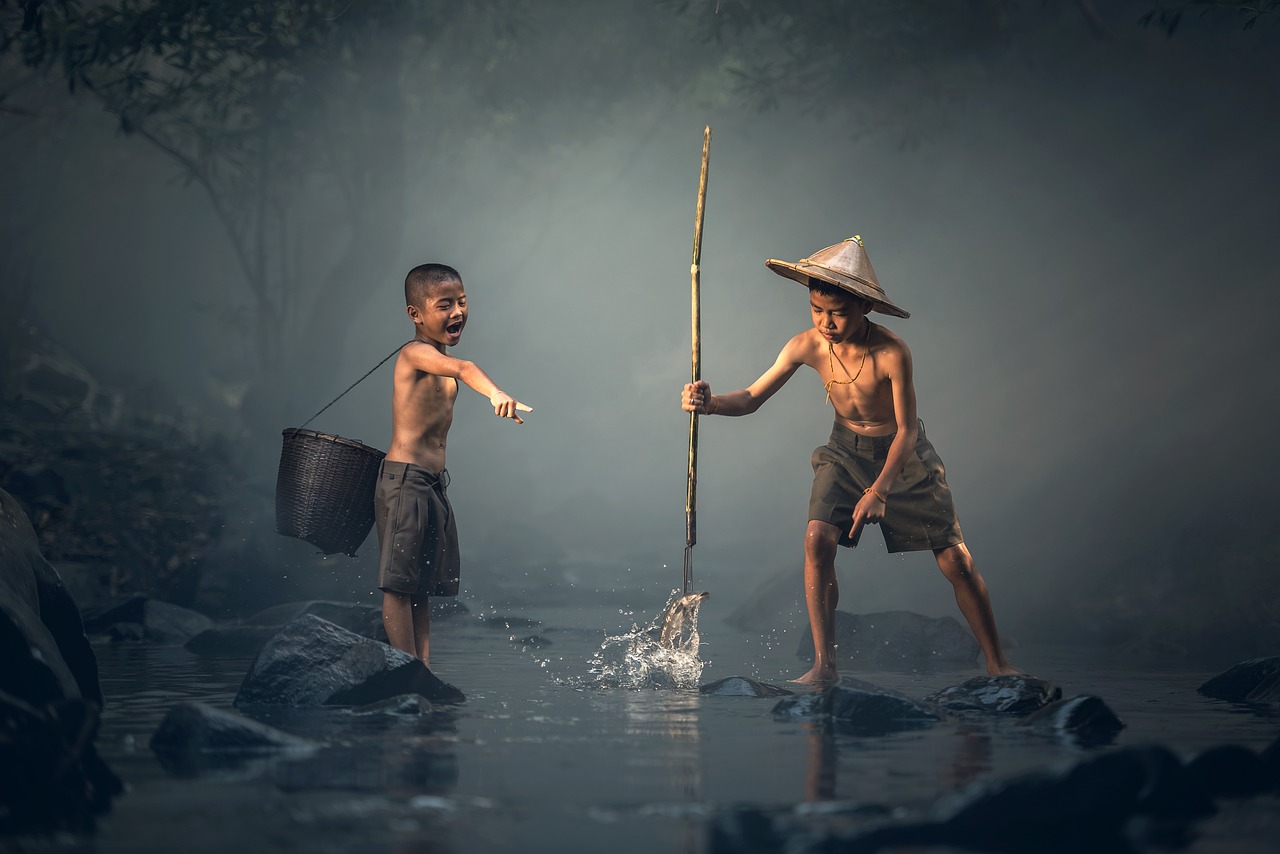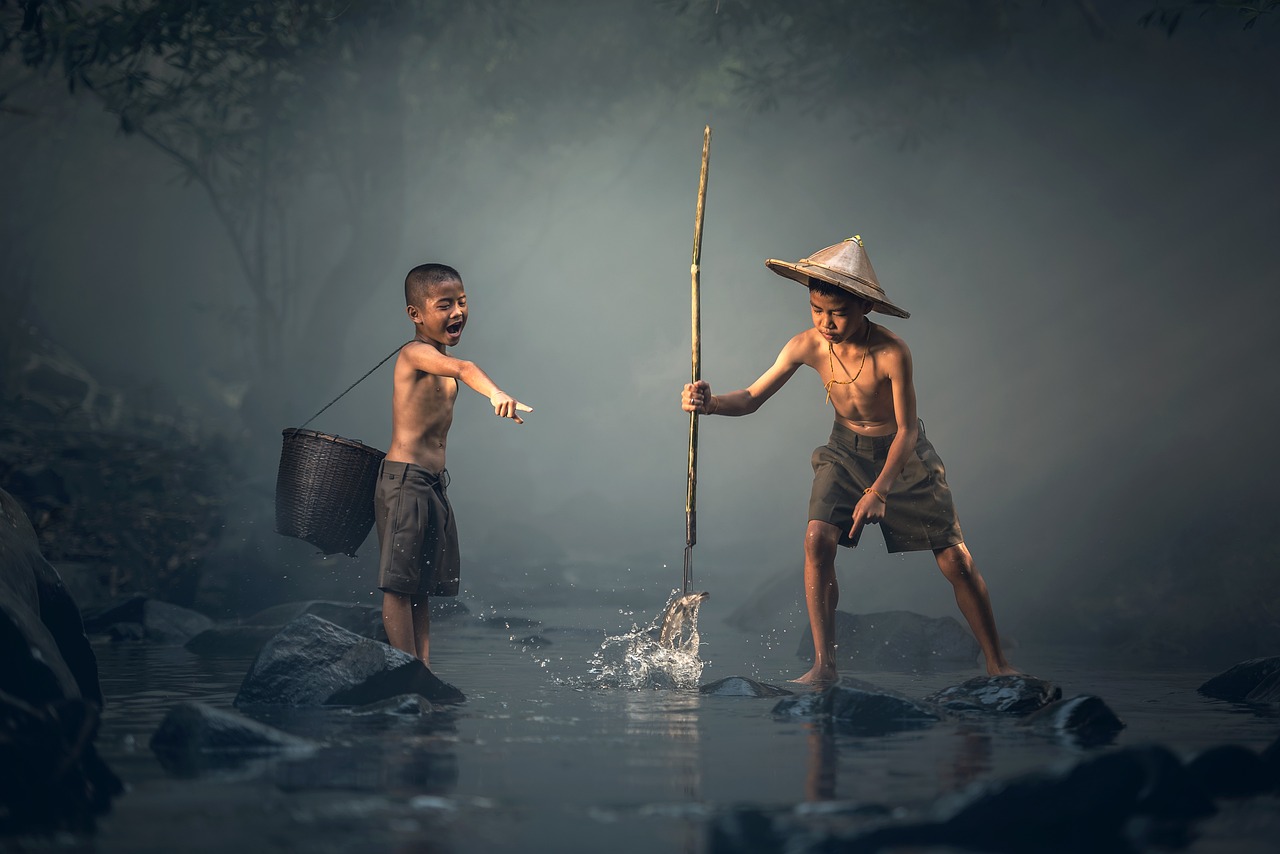Step into the vibrant world of India’s tribes and immerse yourself in their captivating folklore and rich oral traditions. On IndianCulture.com, you can uncover the linguistic and literary wonders that have shaped this diverse country. From the enduring influence of Sanskrit and classical epics to the voices of contemporary authors, India’s cultural tapestry comes alive through stories passed down through generations. Prepare to be enchanted as we delve into the folklore and oral traditions that have shaped India’s tribes, allowing them to preserve their unique customs and heritage.

The Origins of Folklore and Oral Traditions
Folklore and oral traditions play a significant role in Indian tribal culture. These traditions have been passed down from generation to generation through storytelling, songs, and rituals. They reflect the rich diversity and heritage of India’s tribes, providing a unique insight into their beliefs, customs, and way of life.
The historical roots of folklore and oral traditions in India’s tribes can be traced back thousands of years. These traditions are deeply intertwined with the spiritual and cultural practices of the tribes. They have evolved over time, blending elements of mythology, local beliefs, and historical events to create a vibrant tapestry of stories and legends.
Types of Folklore and Oral Traditions
-
Myths and Legends
Myths and legends are a fundamental part of Indian tribal folklore. They narrate the origin of the universe, the creation of the world, and the stories of gods, goddesses, and heroes. These stories often embody the values and teachings of the tribes, serving as moral guides for their communities.
-
Fairy Tales and Folk Tales
Fairy tales and folk tales are enchanting narratives that capture the imagination of both young and old. These stories are filled with magical creatures, talking animals, and mystical lands. They serve as a form of entertainment and moral instruction, teaching important life lessons and passing down traditional wisdom.
-
Folk Songs and Music
Folk songs and music are an integral part of tribal culture in India. They provide a means of expression and storytelling, often recounting the history and struggles of the tribes. These songs celebrate love, nature, and everyday life, creating a sense of community and unity among the tribes.
-
Proverbs and Riddles
Proverbs and riddles are concise and often cryptic expressions of tribal wisdom. They convey valuable insights and life lessons in a concise form, allowing for easy memorization and transmission. Proverbs and riddles play a role in teaching moral values, resolving conflicts, and fostering critical thinking.

Themes and Symbolism in Indian Tribal Folklore
-
Nature and Environment
Nature holds a special place in Indian tribal folklore, symbolizing the interconnectedness between humans and the natural world. These stories often depict animals and plants as wise and powerful beings, representing different aspects of life and spirituality.
-
Creation and Origin Stories
Creation and origin stories are prevalent in Indian tribal folklore, explaining the mysteries of the universe and the birth of humanity. These stories often feature gods and goddesses who shape the world and lay the foundation of tribal values and traditions.
-
Supernatural Beings and Spirits
Indian tribal folklore is teeming with supernatural beings and spirits that inhabit the realms beyond the physical world. These beings embody both benevolent and malevolent forces, and their stories serve to explain natural phenomena and caution against certain behaviors.
-
Heroic Deeds and Epics
Heroic deeds and epics form an integral part of Indian tribal folklore, celebrating the courage, strength, and wisdom of legendary figures. These tales inspire and empower the tribes, instilling a sense of pride and identity within their communities.
Rituals and Celebrations in Tribal Folklore
-
Life-cycle Rituals
Life-cycle rituals mark important milestones in the lives of tribal individuals, such as birth, initiation, marriage, and death. These rituals often incorporate elements of folklore, emphasizing the spiritual and cultural aspects of these significant events.
-
Harvest and Agricultural Festivals
Harvest and agricultural festivals are an occasion for celebration and thanksgiving within Indian tribal communities. These festivals are deeply rooted in folklore and traditions that honor the bountiful gifts of nature and express gratitude for a successful harvest.
-
Religious and Spiritual Celebrations
Religious and spiritual celebrations are an integral part of Indian tribal folklore. These celebrations are characterized by rituals, dances, songs, and prayers that connect the tribes with their ancestral spirits and deities. They reinforce the spiritual beliefs and values that form the foundation of tribal identity.

Regional Differences in Indian Tribal Folklore
-
North Indian Tribes
North Indian tribes boast a rich tapestry of folklore, incorporating elements from both Hindu mythology and local traditions. These tribes celebrate festivals such as Holi and Diwali, which hold special significance in their folklore and oral traditions.
-
South Indian Tribes
South Indian tribes have a distinct folklore and oral tradition, influenced by the Dravidian culture and mythology. These tribes celebrate festivals like Pongal and Onam, which reflect their unique customs and beliefs.
-
East Indian Tribes
East Indian tribes have a diverse range of folklore and oral traditions, drawing inspiration from the rich cultural heritage of the region. They celebrate festivals like Baisakhi and Durga Puja, which highlight the regional folklore and mythologies.
-
West Indian Tribes
West Indian tribes have a distinct folklore and oral tradition shaped by the traditions of the Gujarati, Marathi, and Rajasthani communities. They celebrate festivals such as Navratri and Ganesh Chaturthi, which reflect the regional folklore and rituals.
The Role of Storytelling in Indian Tribal Communities
Oral storytelling traditions hold immense importance in Indian tribal communities. The passing down of stories and legends from one generation to another serves as a means of preserving cultural heritage and fostering a sense of communal identity.
Storytelling functions in Indian tribal communities as educational tools, moral guides, sources of entertainment, and historical records. The stories connect people to their ancestors, impart wisdom, and provide a sense of belonging and continuity.
Preservation and Modernization of Indian Tribal Folklore
While folklore and oral traditions have been passed down for centuries, they face challenges in the modern era. The rapid changes in society, urbanization, and the erosion of traditional practices pose a threat to the preservation of these traditions.
Efforts are being made to document and archive tribal folklore, ensuring that future generations can access and learn from these rich cultural treasures. Various organizations and individuals are working towards the collection, digitization, and preservation of oral traditions, making them accessible to a wider audience.
Additionally, tribal folklore is finding its place in contemporary art and media. Filmmakers, writers, and artists are exploring tribal themes and incorporating elements of folklore in their works, bridging the gap between tradition and modernity.
Impact of Folklore and Oral Traditions on Indian Literature
The influence of folklore and oral traditions on Indian literature is profound. Many contemporary Indian writers and poets draw inspiration from tribal folklore, incorporating its themes, symbols, and narrative styles in their works.
Through their interpretation of tribal folklore, these authors strive to preserve and honor the cultural heritage of India’s tribes. They give voice to untold stories, shedding light on the unique experiences and perspectives of tribal communities.
Folklore and Oral Traditions as Identity Markers
Folklore serves as a means of expressing tribal identity. Through their stories, songs, and rituals, tribes express their distinct culture, traditions, and values. Folklore serves as a powerful tool in maintaining and transmitting cultural heritage from one generation to the next.
Oral traditions ensure the transmission of cultural values and knowledge. They provide a sense of belonging and identity, fostering a strong bond within tribal communities. The preservation and continuation of these oral traditions are essential for the sustainability of tribal cultures.
Conclusion
The folklore and oral traditions of India’s tribes are invaluable cultural treasures that provide a window into the rich heritage of these communities. They reflect the beliefs, values, and aspirations of tribal cultures, offering insights into their history, worldview, and way of life.
As custodians of these traditions, it is our responsibility to preserve and celebrate the folklore and oral traditions of India’s tribes. By recognizing their significance, documenting them, and incorporating them into contemporary art and media, we ensure their survival for future generations to come.
